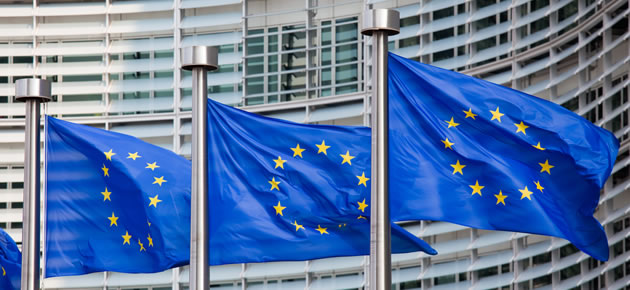While the Euro began Tuesday struggling against several of its most-traded currency counterparts, the common currency was able to advance on the Australian Dollar over the course of local trading.
The Euro to AUD exchange rate extended yesterday’s gains as the Reserve Bank of Australia policy meeting minutes were published.
Although the minutes did state that inflation is contained and that the Australian economy is adjusting to weakness in the mining sector, they also argued that interest rates needed to remain on hold for some time to come.
The minutes asserted; ‘With growth in activity expected to pick up only gradually, and spare capacity in the labour market consequently remaining for some time, growth in domestic costs was forecast to remain contained, which would help to offset the ongoing affect on prices from the depreciation of the exchange rate over the past year […] the board considered that the current accommodative stance of policy was likely to be appropriate for some time yet.’
The Australian Dollar broadly softened after the minutes were released and slipped against the Euro, US Dollar and Pound before the close of the Australasian session.
Meanwhile, Australia’s conference board leading index stagnated in March after rising a negatively revised 0.2 per cent in February.
However, the Euro’s advance on the Australian Dollar was a little restrained as investors bet that the European Central Bank would introduce additional stimulus at its June meeting.
The Euro to Australian Dollar exchange rate was little affected by the publication of Germany’s producer price figures.
On the month German producer prices declined by 0.1 per cent in April rather than stagnating as expected.
On the year prices were down by 0.9 per cent, slightly more than the annual decline of 0.8 per cent envisaged.
According to industry expert Monica Houston-Waesch; ‘The fall in producer prices reflect muted price pressures in the whole of the Eurozone’.
Tomorrow the main causes of volatility in the Euro to AUD pairing are likely to be Australia’s Westpac consumer confidence index and wage cost index as well as current account and consumer confidence figures for the Eurozone.
Euro (EUR) Exchange Rates
[table width=”100%” colwidth=”50|50|50|50|50″ colalign=”left|left|left|left|left”]
Currency, ,Currency,Rate ,
Euro,
Euro,
Euro,
Euro,
Euro,
[/table]
